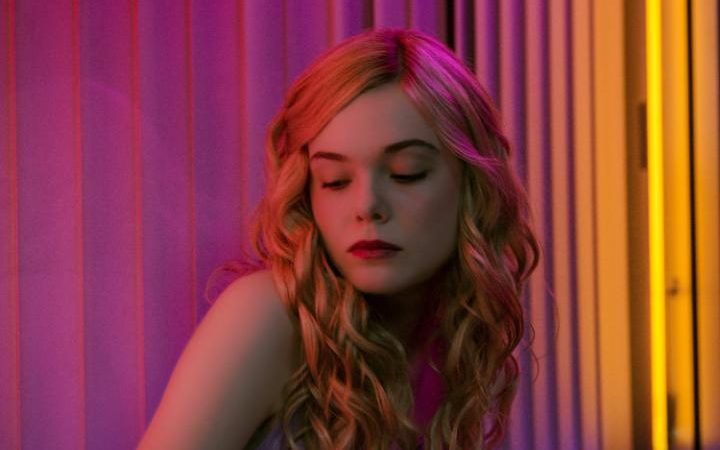
“Suspiria” is undoubtedly one of the great cult horror classics, responsible for giving even more popularity to the genre and influencing a large number of filmmakers. Its director, Dario Argento, is considered along with Mario Bava, Sergio Martino, and Lucio Fulci as one of the forerunners of giallo, the name used to designate this style of Italian horror film, which abused aestheticization like no other genre had ever done before, utilizing a mix of B-movie with exaggerated aesthetics exploring the sensuality, cruelty, and faith of his characters. With the recent release of remake of “Suspiria,” directed by Luca Guagdanino, many people unfamiliar with Argento’s work began to show some interest in his films.
The following list contains some films that might interest those people who were attracted to the particular aesthetic atmosphere of the Argento classics. In order to avoid further obviousness in the list, films by giallo’s other directors have not been included, and the preference was to focus on films that have elements common to those seen in Argento’s films: films that work with a particular stylization of horror; glaring color palettes; taking advantage of religious and psychoanalytic content; exploring sensuality and soundtrack as a narrative engine; and, of course, presenting strong and memorable female protagonists placed in extreme danger and psychologically confusing situations.
10. The Butcher (1970) – Claude Chabrol
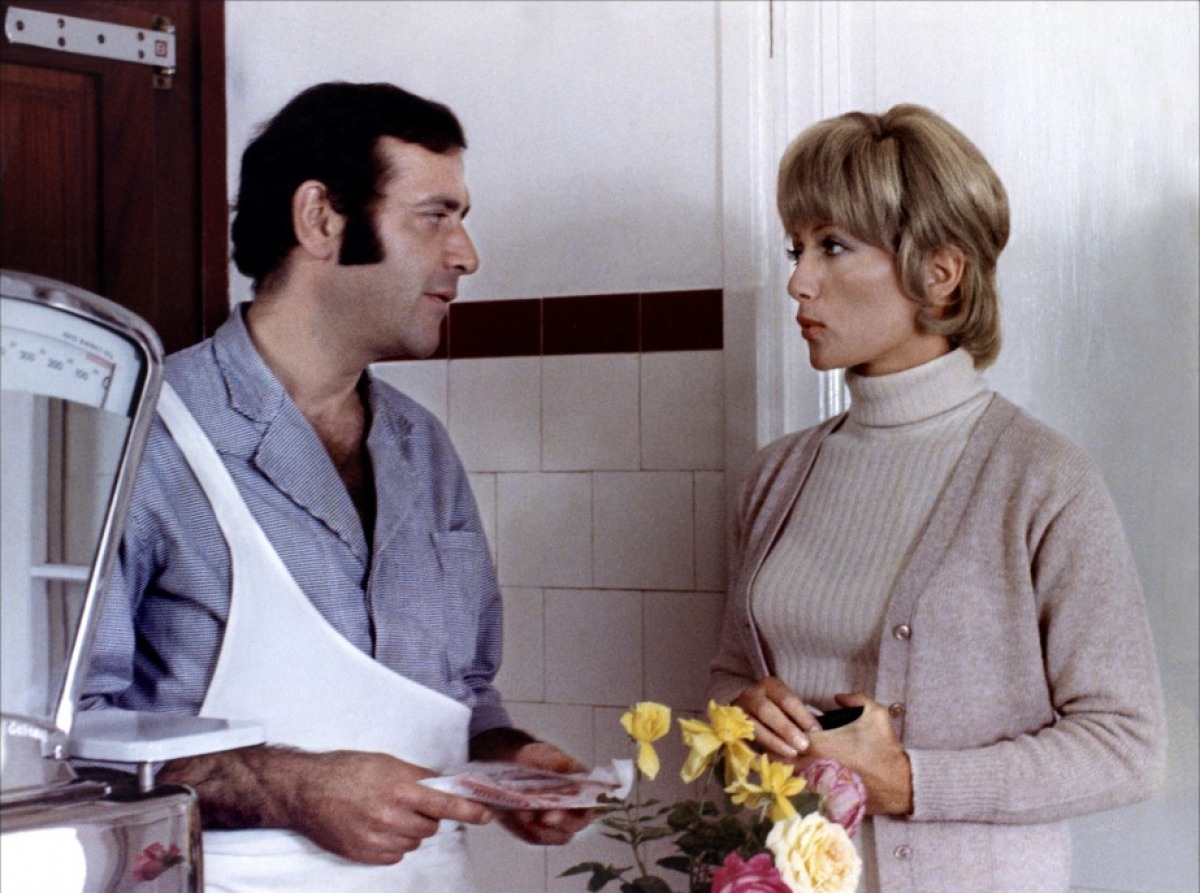
“The Butcher” is set in a small rural town in the interior of France, where we accompany the protagonist Helene. She is a teacher at a kindergarten who meets the butcher Paul at a wedding. As they begin to get closer and closer, murders of young women start to occur, and no one has clues about the killer. Helene eventually finds one of the bodies of a murdered woman and, next to the body, sees a lighter like the one she had previously given to Paul. From then on, Helene has to fight doubt and fear about whether or not Paul is the killer.
Claude Chabrol is known for being one of the greatest filmmakers to best create suspense, and “The Butcher” is one of the best examples of that quality. It may not be as frantic and explosive a movie as Argento’s; in fact, it had a relatively slow pace in its first act, as well as some bold aesthetics. However, it resembles Argento’s films in their mastery of creating moments of tension.
As Helene finds the lighter at the crime scene, the character’s fear and uncertainty take over, and the scenes from then on are increasingly distressing. The theme of a female character with a strong personality who is in trouble is another similarity that can be pointed out, and also the soundtrack used to punctuate the suspense scenes.
9. Diabolique (1955) – Henri-Georges Clouzot
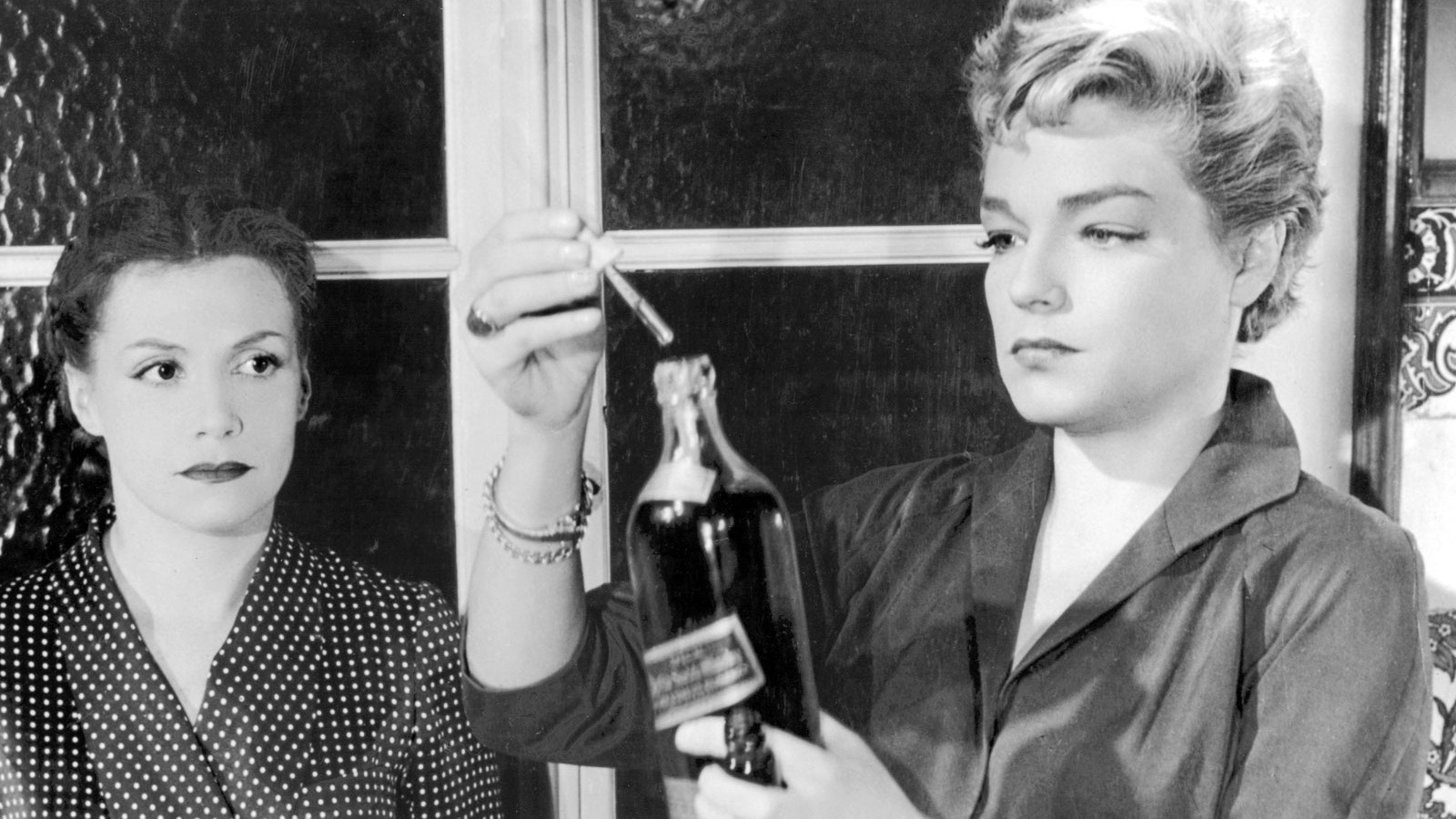
Nicole and Christina are, respectively, the lover and the wife of the same man, Michel. Not only are they both aware of the situation, but they are also close friends, despite differences in their personalities: Nicole has a strong personality, is confident and self-assured, while Christina is sensitive, fragile and insecure. Both are submissive to the oppressive figure of Michel, who mistreats them in various ways.
After a series of countless humiliations and assaults, the two decide to put an end to Michel’s abuses, plotting a meticulous plan to end Michel’s life and break free from the cruelties of the man. Despite Christina’s difficulty in following up on the endeavor, their plan seems to work, until Michel’s body mysteriously disappears.
Perhaps the greatest strength of this Clouzot movie is the mastery with which the director and screenwriter directs the plot, altering at least three times the central aim of the characters, with unusual little twists that keep the story interesting. The relationship between Nicole and Christina is another excellent factor in the film: at various times, Christina’s hesitations against Nicole’s firm stance will generate conflict and further contribute to the suspense.
8. At Midnight I’ll Take Your Soul (1964) – José Mojica Marins

It’s not just the long title that resembles Argento’s movies. Written, directed and starring José Mojica Marins, the most important name of Brazilian horror cinema, “At Midnight I’ll Take Your Soul” tells the story of Zé do Caixão, a gravedigger in a small country town; he is feared by its inhabitants to be an occult sadist, and is seen by some as a macabre wizard. He aims to produce a perfect son to continue his lineage, but his wife cannot have children. He ends up raping another woman to try to conceive with her, and from then on she promises to commit suicide to return from the dead and bring the soul of Zé do Caixão to hell.
Directed on a very low budget, Marins’ film explores the elements of Catholicism and the occult very well, but most notable is the film’s ability to impact its strongest scenes, as well as its moments of self-reference and dark humor. Zé do Caixão is an anti-hero who closely resembles some of the villains in Argento movies, not only for the typical stylized characterization, but especially for the cruelty with which he treats his victims.
7. Amer (2009) – Hélène Cattet and Bruno Forzani
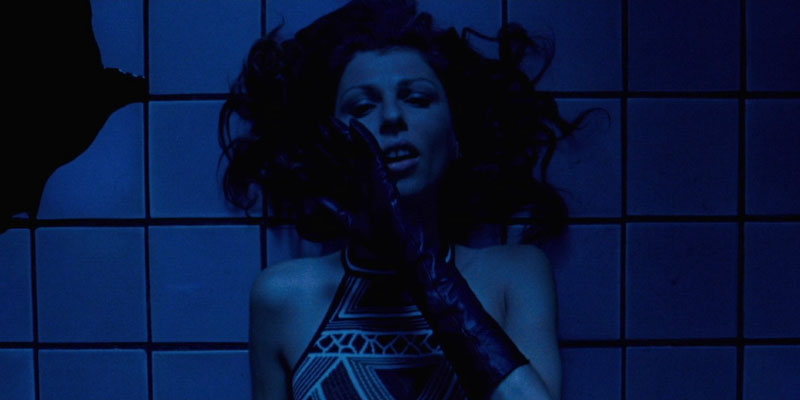
Written and directed by the French duo Hélène Cattet and Bruno Forzani, “Amer” is a true tribute to the giallo classics. Everything about it seems to refer to the great films of Argento, Bava and Fulci: the soundtrack, the experimentalism of the editing, the abuse of the use of glaring color filters and palettes, the constant suspense, the dreamlike elements and the hallucinations. The film chronicles three moments in the life of protagonist Ana, a young woman constantly plagued by strange visions.
The point where “Amer” focuses most objectively is precisely on its erotic content: all the tools of cinematic language and codes of horror and giallo are used to metaphorize and try to represent in an unusual way Ana’s visions and delirious moments, always making allusions to the character’s sexual discoveries and fantasies. Despite the criticism it received in its release year, “Amer” remains an interesting option, especially for giallo fans, as it proposes a contemporary and differentiated approach to the genre.
6. A Quiet Place in the Country (1968) – Elio Petri
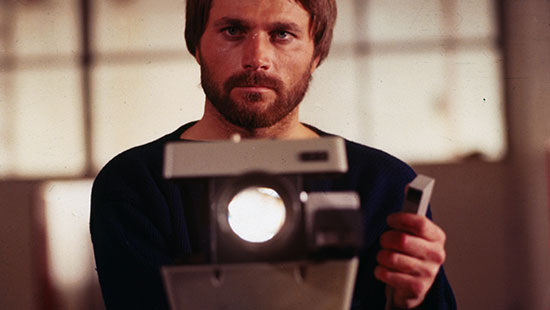
Elio Petri is best known for his political films, but in “A Quiet Place in the Country,” he shows his versatility in working with a very different record than he is used to, creating a psychedelic thriller that comes very close to the aesthetics employed in the big giallo movies.
Leonardo Ferri is a painter in crisis who decides to spend a season away from the city to try to regain his inspiration and come back to his painting. But his already troubled mind starts to grow affected by something mysterious in the place, and his delusions and hallucinations become more and more frequent, until they are almost out of control.
The soundtrack composed by master Ennio Morricone is unsettling and helps accentuate Ferri’s tone of madness and disturbance. The montage is often frantic and disconnected in an attempt to represent the protagonist’s mental state. The costumes, the colors and the exploration of sexual elements – other striking features of giallo – also appear strongly here, but it is interesting to note the metaphysical imprint that Petri manages to give to these elements, making the film a dreamlike reflection on the hardships of artistic creation.